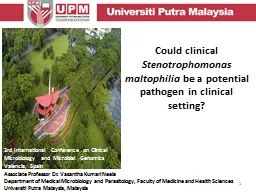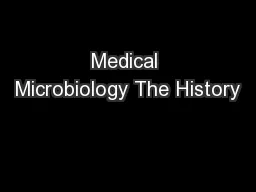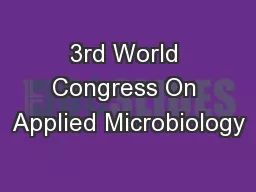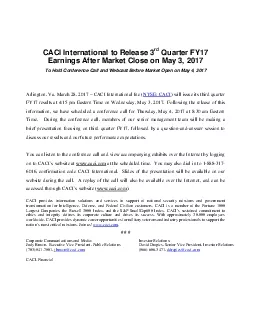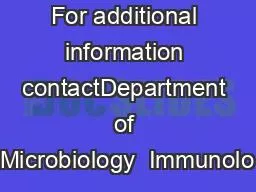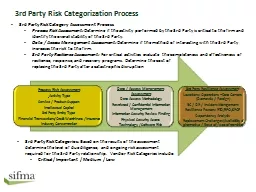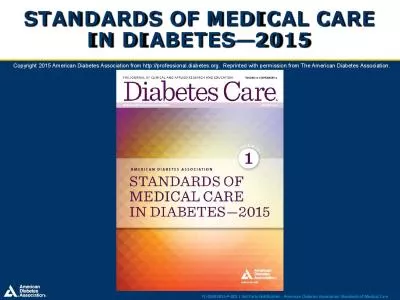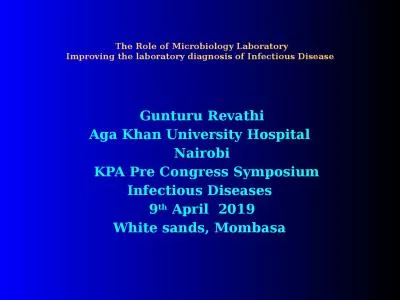PPT-3rd International Conference on Clinical Microbiology
Author : marina-yarberry | Published Date : 2018-09-25
and Microbial Genomics Valencia Spain Associate Professor Dr Vasantha Kumari Neela Department of Medical Microbiology and Parasitology Faculty of Medicine and
Presentation Embed Code
Download Presentation
Download Presentation The PPT/PDF document "3rd International Conference on Clinical..." is the property of its rightful owner. Permission is granted to download and print the materials on this website for personal, non-commercial use only, and to display it on your personal computer provided you do not modify the materials and that you retain all copyright notices contained in the materials. By downloading content from our website, you accept the terms of this agreement.
3rd International Conference on Clinical Microbiology: Transcript
Download Rules Of Document
"3rd International Conference on Clinical Microbiology"The content belongs to its owner. You may download and print it for personal use, without modification, and keep all copyright notices. By downloading, you agree to these terms.
Related Documents

